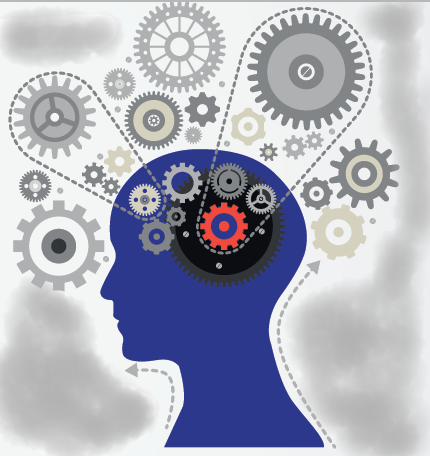Multiple Intelligences? But How many are there?
Everybody has a different approach to learning, and the more we understand about the type of learner we are, the more effective our studying should become. Howard Gardner first introduced us to the idea of multiple intelligences in 1983. He believes that there are several types of intelligence that can’t be simply defined from one IQ test. He categorises intelligence under the following headings:
1. Verbal-linguistic intelligence refers to a person's ability to analyse information and produce work that involves oral and written language, such as speeches, books and emails.
2. Logical-mathematical intelligence consists of the capacity to analyse problems logically, carry out mathematical operations and investigate issues scientifically.
3. Musical intelligence involves skill in the performance, composition, and appreciation of musical patterns. It is the capacity to recognise and compose musical pitches, tones and rhythms.
4. Bodily-kinaesthetic intelligence is the potential of using one’s whole body or parts of the body to solve problems.
5. Spatial-visual intelligence involves the capacity to think in images and pictures, to visualise accurately and abstractly.
6. Interpersonal intelligence is concerned with the capacity to understand the intentions, motivations and desires of other people. It allows people to work effectively with others.
7. Intrapersonal intelligence is the capacity to understand oneself and to appreciate one’s feelings, fears and motivations.
8. Naturalist intelligence involves the ability to recognise and categorise plants, animals and other objects in nature. It’s important to understand that these intelligence work together, and it would be unwise to think of ourselves as having only one or the other. Labelling learners as a particular type of learner could stop them from exploring all of their intelligence. Instead, we should think of ourselves as having dominant intelligence.

